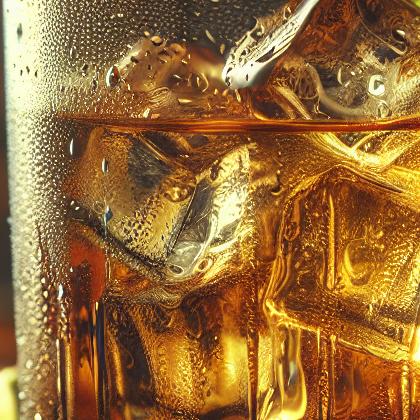Showing results for 'Rum'
close
Rum

Rum is a distilled alcohol beverage that has been aged in oak barrels. Rum is most commonly made with yeast, water, and molasses. It is used in cocktails and desserts such as cake and ice cream.
Rum Pairs With:
Food Item
Flavor Affinity Level

Did you know there are 165 food flavor pairings in my database for Rum available. What you are seeing above is a random list of 30 items which pair with Rum.
For the entire list, beautifully formatted, enter your email address and click the download button below, then I'll email it to you as a PDF.
Rum Properties:
| Food Property | Type | Description |
|---|---|---|
| Flavor Profile | Sweet | Rum may have a sweet flavor profile depending on the type and aging process. |
| Bitter | Rum may have a slight bitterness due to the fermentation process and some types of aging. | |
| Astringency | Rum may have a slight astringency, providing a dry sensation in the mouth. | |
| Texture | Moisture | Rum is a liquid and therefore does not have a texture related to moisture. |
| Nutritional Value | Macronutrients | Rum is primarily a source of alcohol and does not contain significant amounts of macronutrients like carbohydrates, proteins, or fats. |
| Micronutrients | Rum does not contain significant amounts of micronutrients like vitamins and minerals. | |
| Aroma | Volatile Compounds | Rum contains a variety of volatile compounds that contribute to its distinctive aroma, such as esters and aldehydes. |
| Chemical Composition | Acidity/Alkalinity (pH) | Rum typically has a slightly acidic pH level. |
| Cooking Behavior | Heat Conductivity | Rum is primarily used as a beverage and is not typically used in cooking for its heat conductivity properties. |
| Water Retention | Rum does not have water retention properties as it is a liquid. | |
| Oil Absorption | Rum does not have oil absorption properties as it is a liquid. |
Food Pairing App - Version 1.2.0
